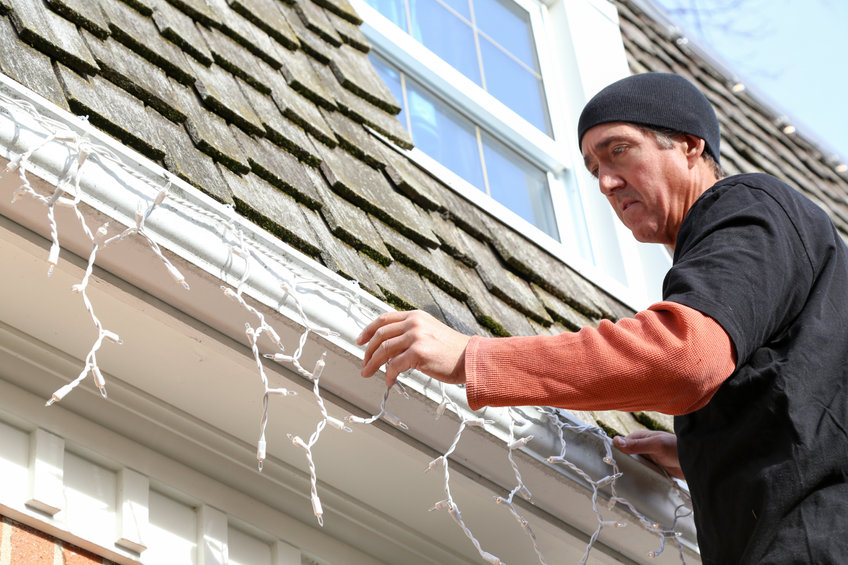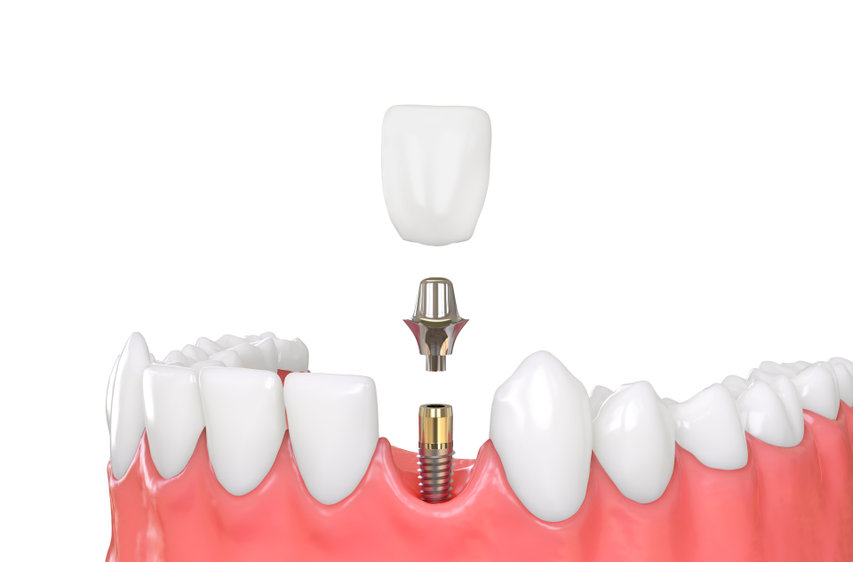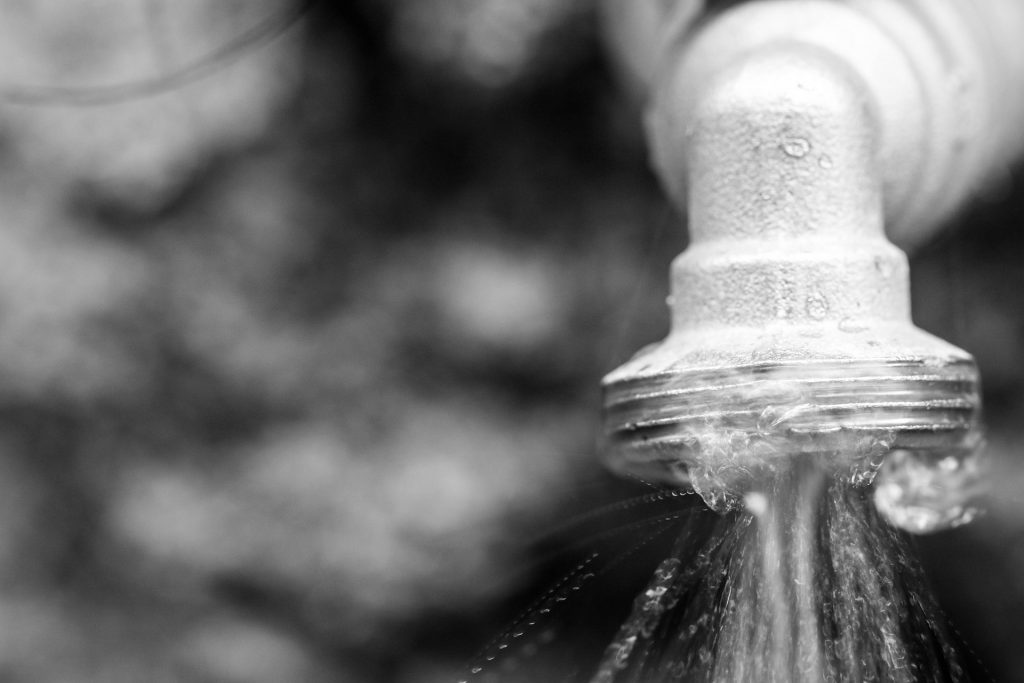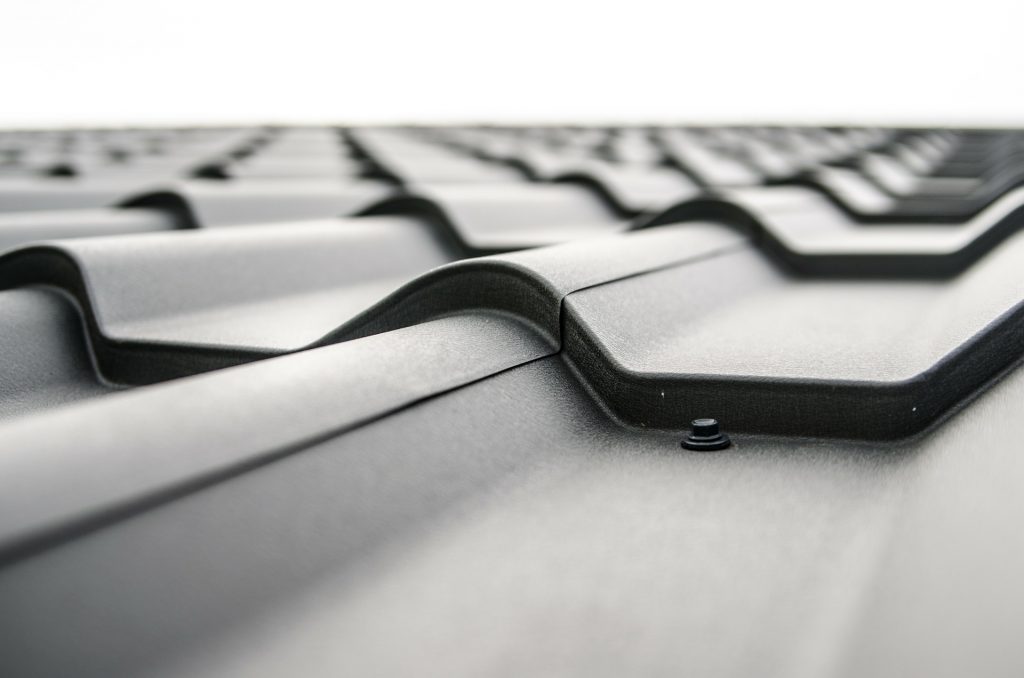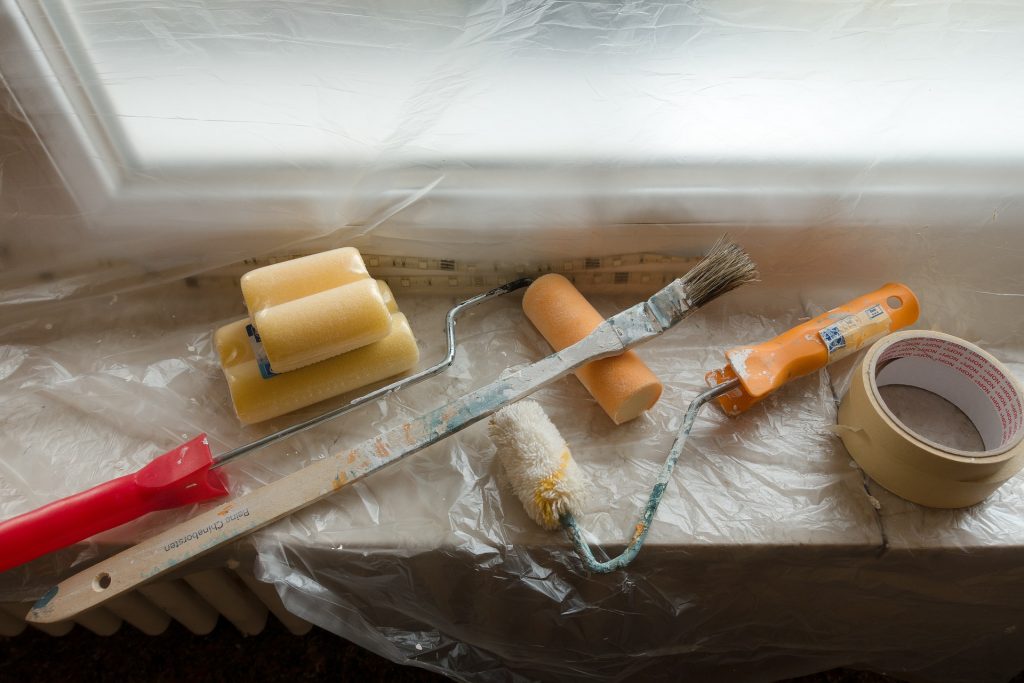What You Need to Know About Underground Utilities
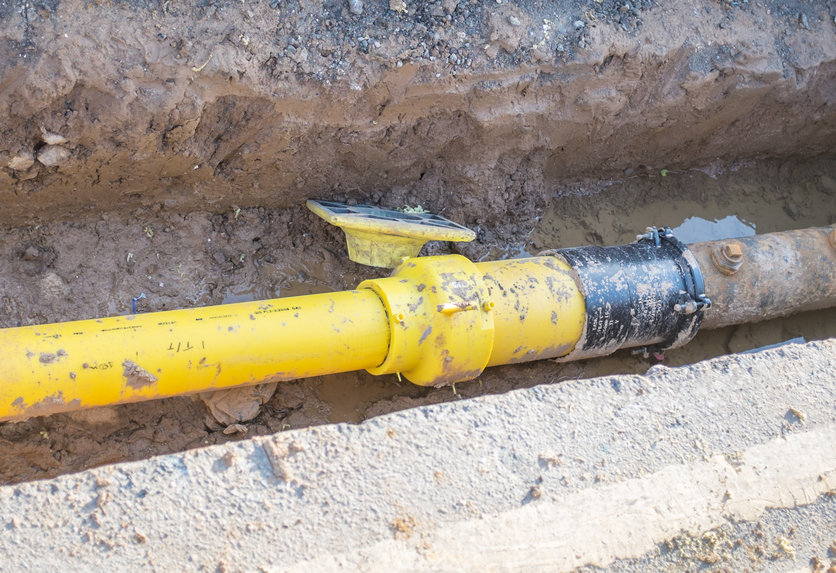
Underground utilities are an essential part of our daily lives. Whether it be the water that we drink, the gas that heats our homes, or electricity which powers everything from microwaves to computers, these underground networks serve as a lifeline for millions of people across the country. But what is actually down there? What kind of infrastructure do they use? And how does it all work together? These are just some of the questions this article will help answer.
This article provides information about different types of underground utility services and networks across North America from hydro excavation companies.
Pipes, Cables & More
It’s no secret that nearly all underground utilities are made up of a series of networks, each serving their own purpose. For example, water is typically distributed by an elaborate system of pipes which may also include valves to help manage the flow and pressure in certain areas. Electric cables provide power while natural gas lines deliver fuel for heating homes across Canada & the United States. But that’s just the beginning; there are also a variety of other types of underground infrastructure which are essential to our way of life.
Below is a list of some common networks and their functions:
- Water pipes: carry potable water from treatment plants to homes and businesses
- Sewer lines: remove wastewater from buildings and transport it to a treatment plant
- Storm drains: collect rainwater and runoff from roofs, sidewalks, and streets before depositing it into a local water body
- Electric cables: deliver electricity to homes and businesses
- Gas pipelines: carry natural gas to homes and businesses for heating, cooking, and other purposes
- Telecommunications cables: deliver voice, data, and video signals to homes and businesses
- Fuel lines: carry gasoline, diesel fuel, or other liquid fuels to automobiles, boats, or other equipment
While many of these networks are out of sight and out of mind, they play a critical role in our everyday lives. So the next time you turn on your faucet, flip a light switch, or start your car, remember that there’s a lot more going on beneath the surface.
Read More